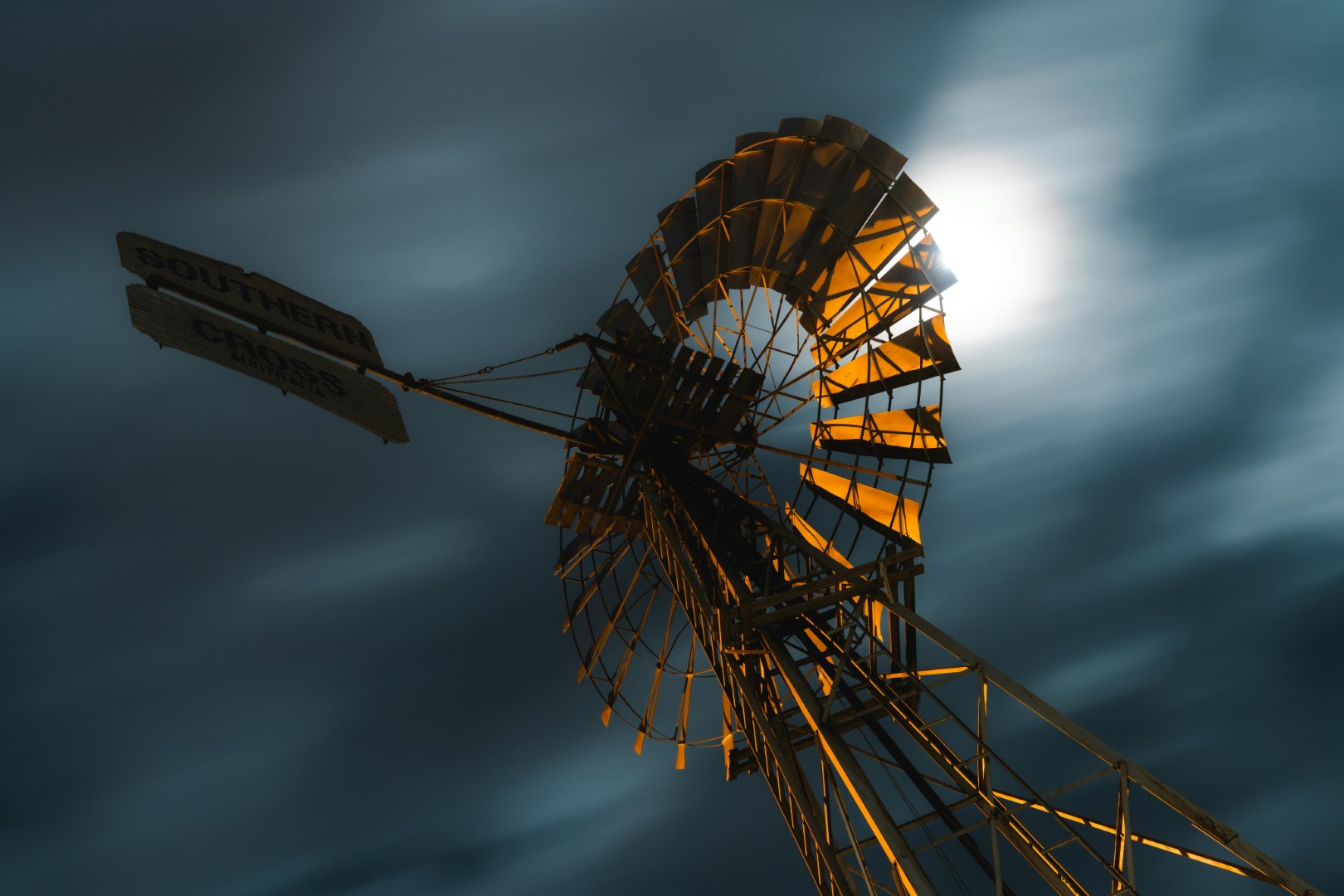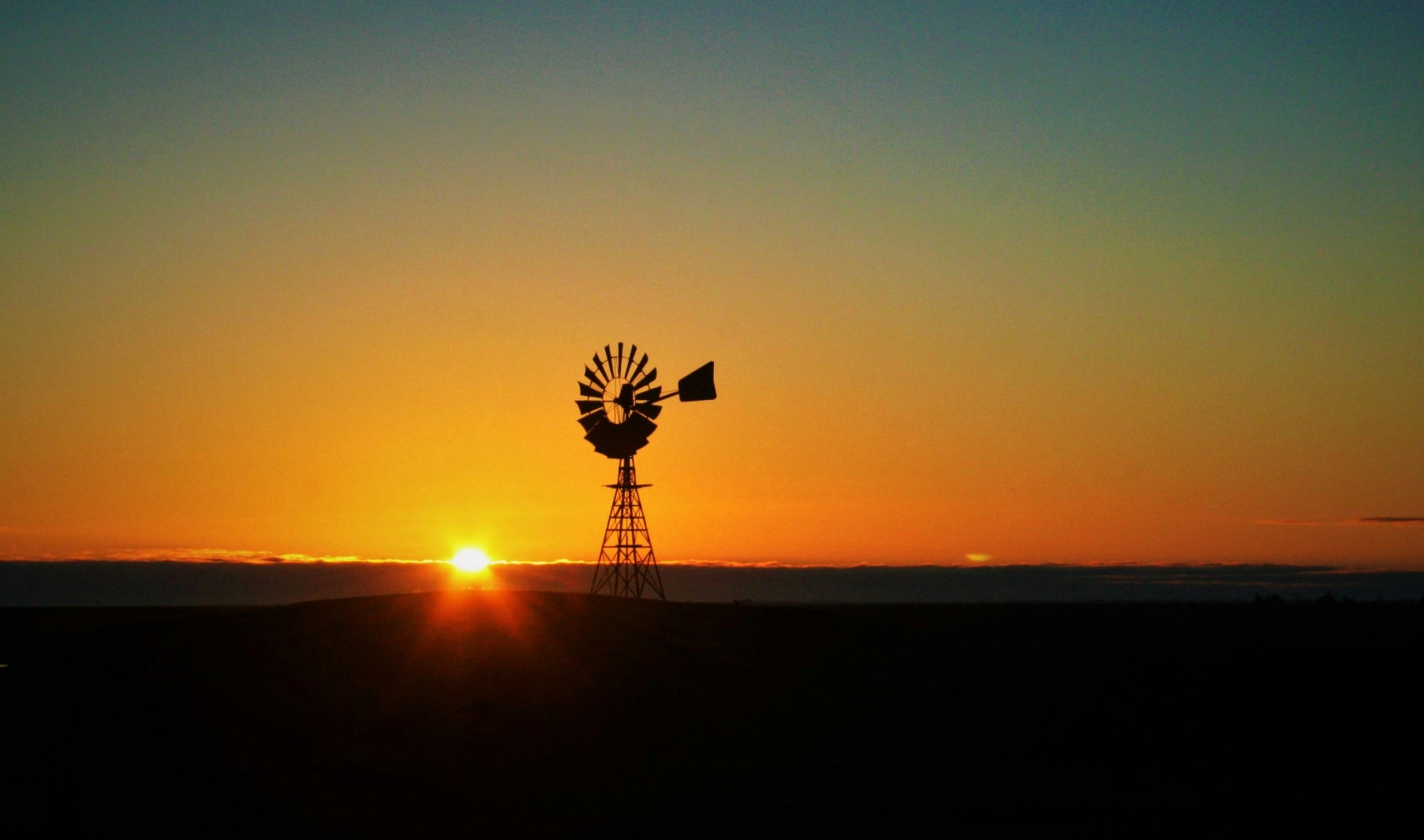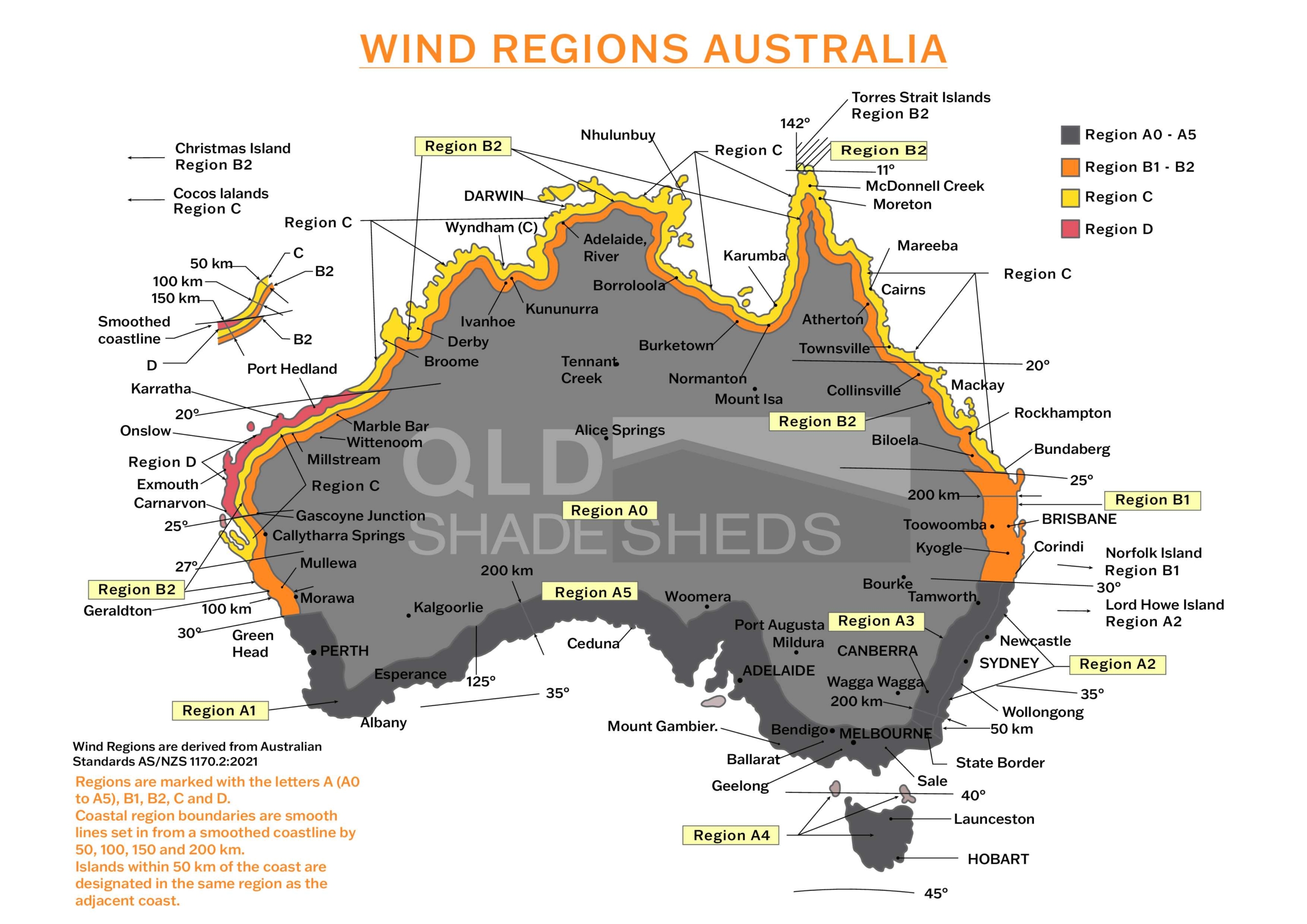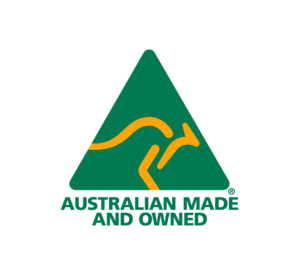Understanding Wind Regions Of Australia
If you’re looking to invest in a new container shed or other type of shade shelter, there’s something you might not have thought about yet: wind regions. It might not sound exciting, but trust us – with over 30 years of combined experience in steel works and fabrication, we know just how crucial this bit of knowledge is for keeping your structure safe and sound.
Here on the Sunshine Coast, we’ve seen firsthand how different wind conditions can affect structures across Queensland. And as we’ve expanded our services to New South Wales and Victoria, we’ve learned that every region has its own unique challenges when it comes to wind resistance and structural integrity.
Whether you’re planning to build a workshop, storage shed, or carport, understanding wind regions isn’t just helpful but absolutely essential for ensuring your investment stands strong for years to come. Let’s dive into everything you need to know about wind ratings and the different wind regions in Australia and how they affect your shed choice.
What are wind regions, and why should you care?
The Australian Standards (AS1170.2021) divide our country into different wind regions based on the typical wind speeds and weather patterns each area experiences. Think of it as a way to ensure whatever you’re building or installing can handle what Mother Nature throws at it.
This classification system isn’t just bureaucratic red tape; it’s based on decades of meteorological data and real-world experience. The standards were recently updated from the previous AS1170.2:2011 to reflect a growing understanding of weather patterns and climate conditions across Australia.
When we’re designing and building our sheds, these wind region classifications guide everything from the thickness of the steel we use to the number and type of anchor points we install. It’s about creating structures such as COLORBOND® roof sheds and other structures that don’t just look good but can handle anything from a breezy afternoon to a severe storm.

Breaking down Australia’s wind regions
When we look at the wind region map of Australia, we can see four main regions:
- Region A: Covers most inland areas with moderate wind conditions
- Region B: Found in coastal areas where winds pick up a bit more steam
- Region C: Includes the main cyclone regions of Australia, such as the northern parts of the country, including much of Queensland as well as Western Australia and the Northern Territory
- Region D: The most extreme wind region, mainly affecting parts of WA’s coastline
Take a look at the wind region map of Australia above, as it gives you a clear picture of how these different zones are spread across the country and makes it easier to understand where your suburb might fit into the different wind region zones.
However, if you’re still wondering which wind region you’re part of at your location, especially in Queensland, New South Wales, or Victoria, where most of our clients reside, just get in touch for some information. We know these areas like the back of our hand and can help you figure it out, fast!
Why wind regions matter for your shed
Here’s the thing – understanding cyclone regions in Australia isn’t just about ticking boxes. It’s about:
Safety first
Nobody wants to watch their shed take flight during a storm. Getting the right structure for your wind region means peace of mind when the weather turns nasty. Knowing about different wind regions of Australia and how structures are wind rated can save human and animal lives, as well as properties. By adhering to the Aussie standards and catering to wind regions, you’ll minimise risks considerably.
Smart investing
A properly rated shed lasts longer and needs less maintenance. It’s that simple. Our sheds come with a 10-year structural warranty because we build them right for each region. So, you get to cut costs over the long run and enjoy smart investing, whether it’s for your personal property or a commercial one.
Meeting the standards
All our shelters products by QLD Shade Sheds are engineer-designed and certified for wind regions A, B and C for your peace of mind. This means the sheds meet (and often exceed) the requirements of the current AS1170.2021 standards and that you’re ensuring proper compliance and meeting all your legal safety requirements. You won’t have to worry about legal or workplace safety issues that could arise from not properly following Australian standards.

Choosing the right shed for your region
Here’s how we approach different wind regions:
For Region A (Inland areas)
Perfect for most standard installations. Our basic engineering certification will have you covered here.
For Region B (Coastal areas)
These areas need a bit more muscle. We’ll recommend specific reinforcements to handle those coastal breezes.
For Region C (Cyclone-prone regions)
This is where our expertise really shines. Our cyclone-rated structures are built tough to handle Queensland’s wild weather and that found in other parts of the country.
For Region D (Extreme conditions)
If you’re looking for shade shed options for these challenging conditions, visit our sister company, Container Domes Australia, for Region-D-rated structures.
Why choose QLD Shade Sheds?
When it comes to understanding wind regions in Australia and building sheds that last, we’ve been around the block a few times. Our team combines over three decades of experience in steel works, design, and fabrication. We’re not just selling sheds; we’re providing solutions that stand the test of time (and weather)! To find out more, talk with one of our friendly team members today.
Ready to find your perfect shed?
Whether you’re in Queensland, New South Wales, or Victoria, we’ve got you covered. We’ll help you understand your local wind region requirements and find a shed that’s perfect for your needs.
Call us today for a chat about your needs or to get a free quote for a new shelter for your property. There’s no pressure, just honest advice from people who know their stuff.





